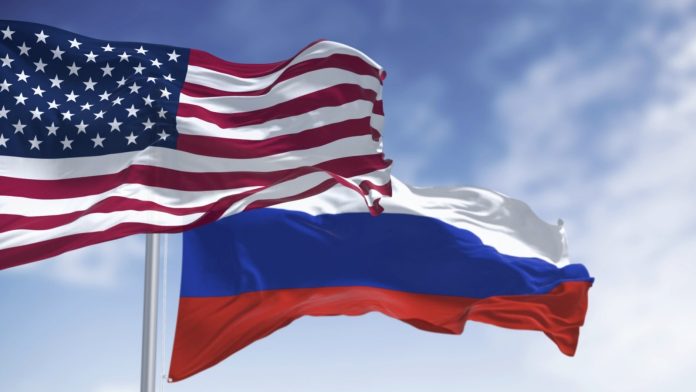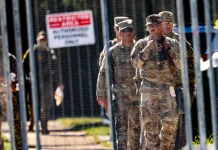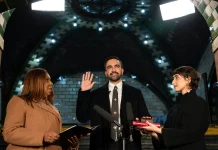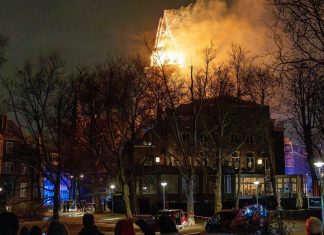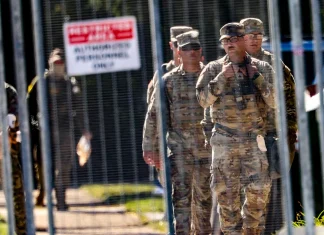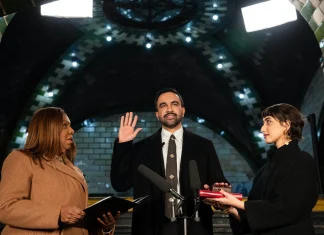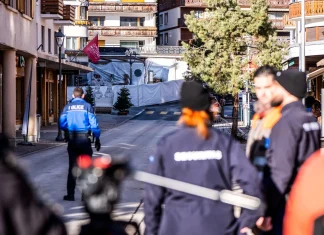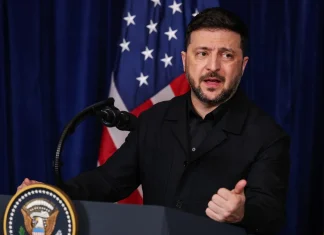A Tale of Titans: Historic Summits Between US and Russian Leaders Through the Cold War and Beyond
As the world holds its breath, anticipating the upcoming meeting between US President Donald Trump and Russian President Vladimir Putin in Alaska, it’s worth reflecting on the remarkable—and often fraught—history of summits between these two nuclear superpowers. What began in the crucible of the Cold War has evolved in ways that still shape global geopolitics today.
Each meeting offers a window into the tense, sometimes surreal dance that the United States and Russia (or its Soviet predecessor) have engaged in for over six decades. From terse diplomatic standoffs to surprising moments of camaraderie, these encounters have shaped the course of history—and the shadow of nuclear threat—and remind us how leadership and personal chemistry can impact world events.
1959: The Dawn of Dialogue — Eisenhower Meets Khrushchev at Camp David
Imagine an autumn day in Maryland in 1959: Dwight D. Eisenhower, the US President and a World War II general, hosts a fiery Soviet Premier, Nikita Khrushchev, at the rustic retreat of Camp David. It was historic—the first time a Soviet leader ventured to American soil. The meeting symbolized cautious thawing amid Cold War frostiness, yet beneath cordial handshakes simmered the unyielding ideological divide.
One particularly surreal moment underscored the era’s cultural clash: Khrushchev, visiting Hollywood, famously launched into an impassioned tirade before an audience that included stars like Marilyn Monroe and Elizabeth Taylor. This spectacle illustrated the complexities not just of diplomacy but of cultural discord in an age when spectacle and propaganda walked hand-in-hand.
The meeting concluded with an agreement to pursue diplomacy on pressing issues such as nuclear disarmament and the status of Berlin, a city torn asunder by ideological walls—and later, literal ones. It was a fragile olive branch offered during a time when suspicion ran thick on both sides.
1961: Ice-Cold Vienna — Kennedy and Khrushchev’s Icy Summit
Fast forward two years: John F. Kennedy, young and idealistic, confronts Khrushchev in the ornate halls of Vienna’s Schoenbrunn Palace. The encounter was less a handshake and more a showdown. The West’s recent Bay of Pigs invasion fiasco loomed large, and tensions hung heavy in the air.
Berlin—still the epicenter of Cold War drama—dominated their talks. Mere weeks later, the infamous Berlin Wall, a chilling symbol of division, would slice the city in two, a physical manifestation of ideological strife. “The meeting was a cold reminder of how precarious peace really was,” recalls Dr. Elena Schmitt, a Cold War historian in Vienna. “You could almost feel the wall being built in the room.”
Within a year, the Cuban Missile Crisis would bring the world to the precipice of nuclear annihilation, a sobering testament to the stakes inherent in these dialogues.
1972: Detente on the Horizon — Nixon and Brezhnev in Moscow
The Vietnam War was raging, and the world was weary. But in May 1972, Richard Nixon and Leonid Brezhnev met in Moscow to chart a new course—one of cautious cooperation and arms control.
The summit marked the thaw known as détente, culminating in the Strategic Arms Limitation Talks (SALT) and Anti-Ballistic Missile (ABM) treaties. Nixon’s handshake with Brezhnev wasn’t just a photo opportunity—it was a pledge to pursue peaceful coexistence amid the nuclear menace. “It was a turning point,” notes Ambassador Carl Henderson, who attended the talks. “We realized that competition didn’t have to mean confrontation.”
Yet, history reminds us that détente was fragile. The Soviet invasion of Afghanistan in 1979 soon plunged relations back into deep chill.
1985–1987: Chemistry by Lake Geneva — Reagan and Gorbachev’s Four Summits
Perhaps the most transformative meetings of the late Cold War came during the era of Ronald Reagan and Mikhail Gorbachev. Their first summit in Geneva in 1985 is famed for Reagan’s invitation to “walk to get some fresh air” by the lake—a gesture hinting at a new openness.
Despite Reagan’s earlier branding of the USSR as the “evil empire,” the personal chemistry between the two men grew. Gorbachev’s reforms and Reagan’s pragmatism set the stage for landmark agreements: the 1987 Intermediate-Range Nuclear Forces Treaty eliminated an entire class of nuclear weapons, a first in history.
“There was real human connection,” says Marina Ivanov, a translator present at the meetings. “It was a reminder that even giants can find common ground.”
1992 & 1995: The New Post-Soviet Reality — Bush, Yeltsin, and Clinton
The collapse of the USSR in 1991 reset the global order, and with it, US-Russia relations. The 1992 summit in Camp David between George H.W. Bush and Boris Yeltsin was emblematic of this new era. Yeltsin arrived as a symbol of fledgling Russian democracy, greeted warmly by his American counterpart as “a friend.”
The summit was about cooperation—economic, nuclear, diplomatic—in a world cautiously moving beyond Cold War antagonism. “It was our chance to build a partnership,” says Igor Petrov, a Russian political analyst. “But the realities of post-Soviet Russia were complex and often chaotic.”
Later in the decade, Bill Clinton and Yeltsin held multiple summits, blending political negotiation with moments of personal levity. Their 1995 meeting in Hyde Park is remembered for an unexpected exchange that led to Clinton laughing uncontrollably after a quip by Yeltsin, a rare glimpse of lightness amid serious discussions.
2018 and Beyond: A New Chapter With Old Shadows — Trump, Putin, and Biden
The 21st century has introduced new complexities. When Donald Trump and Vladimir Putin met in Helsinki in 2018, the encounter stirred controversy, especially as Trump appeared to echo Russian denials about election interference, sparking uproar in Washington.
Yet, amid the storm, they expressed an ambition for dialogue on global challenges including Syria, Ukraine, and nuclear arms. “It’s the classic tension of diplomacy—keep the channels open even when trust is elusive,” says Dana Meyers, a diplomat.
In 2021, Joe Biden and Vladimir Putin met in Geneva for a marathon three-and-a-half-hour summit. Though no joint press conference was held—a telling omission—they agreed to restore ambassadors, signaling at least a flicker of cautious civility after a period marked by sharp rhetoric and cyber conflict.
Putin observed that he sensed “no animosity” from Biden, who had previously labeled him “a killer.” Biden described the talks as “constructive,” underscoring the fragile, persistent thread of dialogue between giants.
What Do These Meetings Tell Us Today?
Looking back on these summits, the oscillation between confrontation and cooperation is striking. Each meeting reflects the urgency of its time—whether fueling hope or underscoring peril. The personal dynamics between leaders have often swayed policies with global consequences, reminding us that diplomacy is not just about nations but people.
As we approach the latest Trump-Putin meeting, we might ask: What will history remember about this moment? Will it be a turning point towards renewed engagement or another symbolic gesture dissolved in suspicion?
More profoundly, these summits invite us to ponder the enduring challenge: how do we manage our deepest divisions without falling into conflict? In an era marked by technological warfare, misinformation, and resurging nationalism, the stakes are higher than ever.
For global citizens watching from afar, these meetings are not just distant political theater—they are the frontlines of our collective future. The lessons of history ask us to demand wisdom, patience, and a recognition of our shared humanity from those who hold the fate of millions in their hands.


